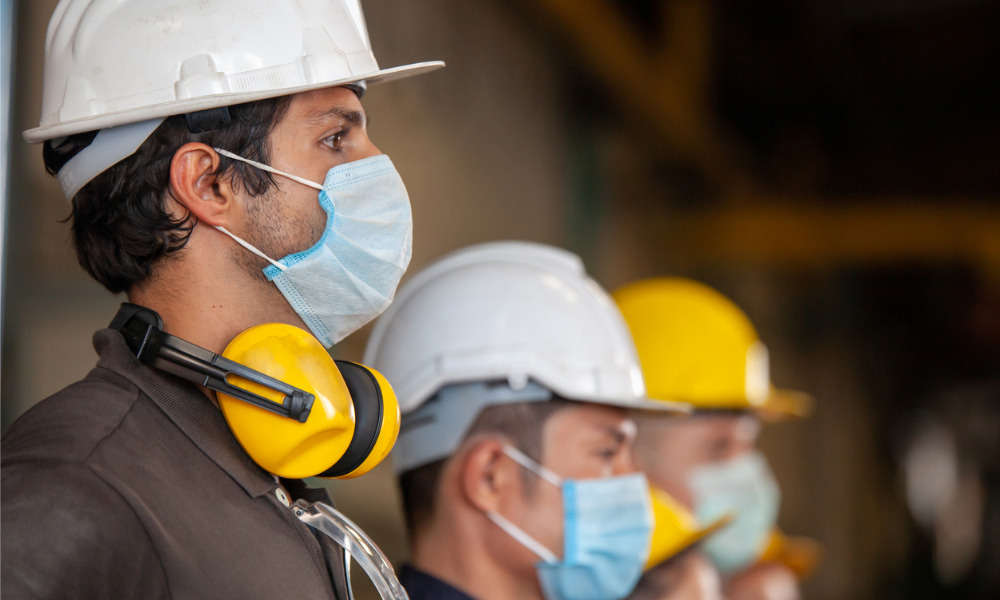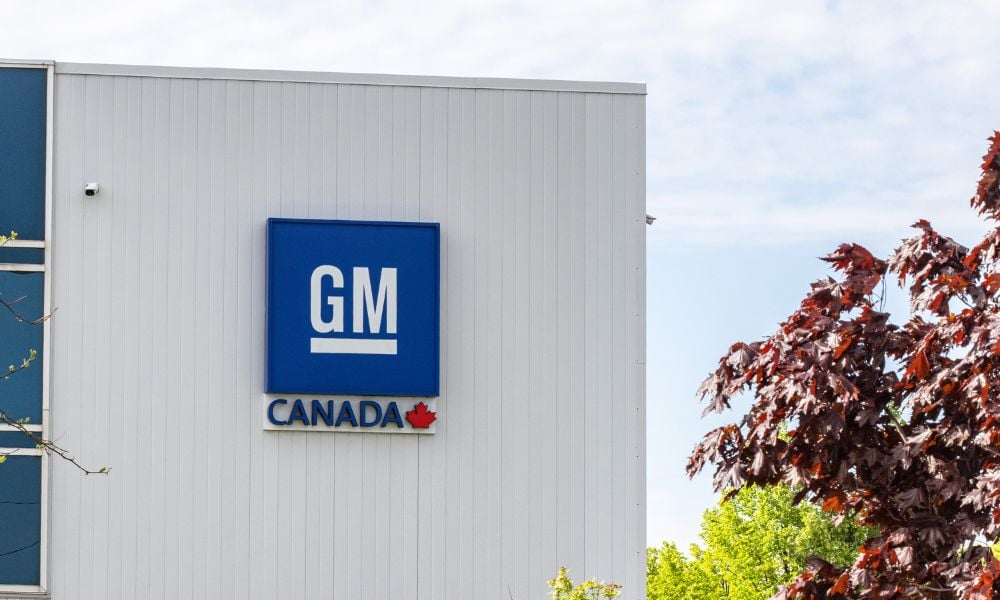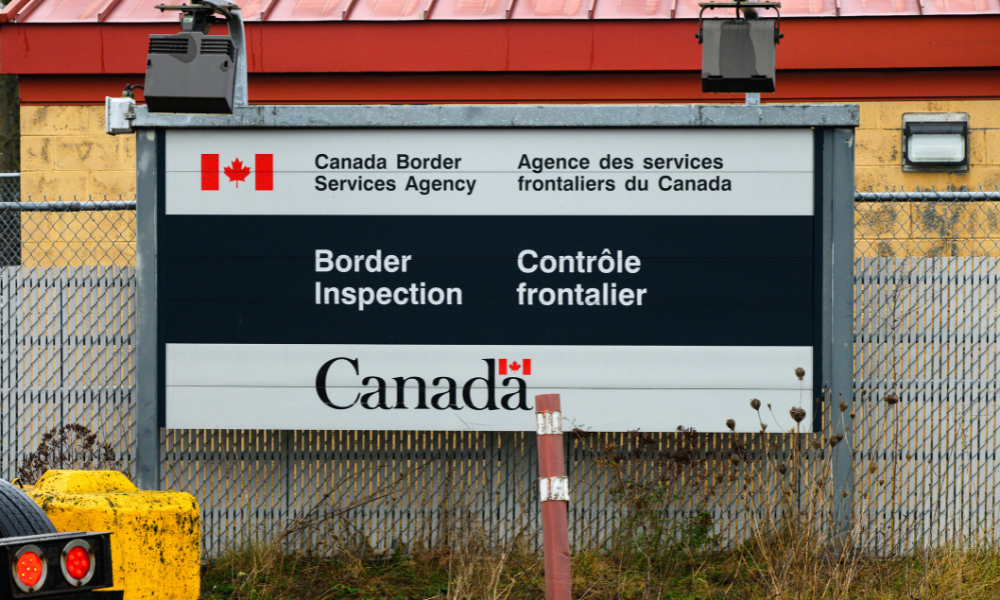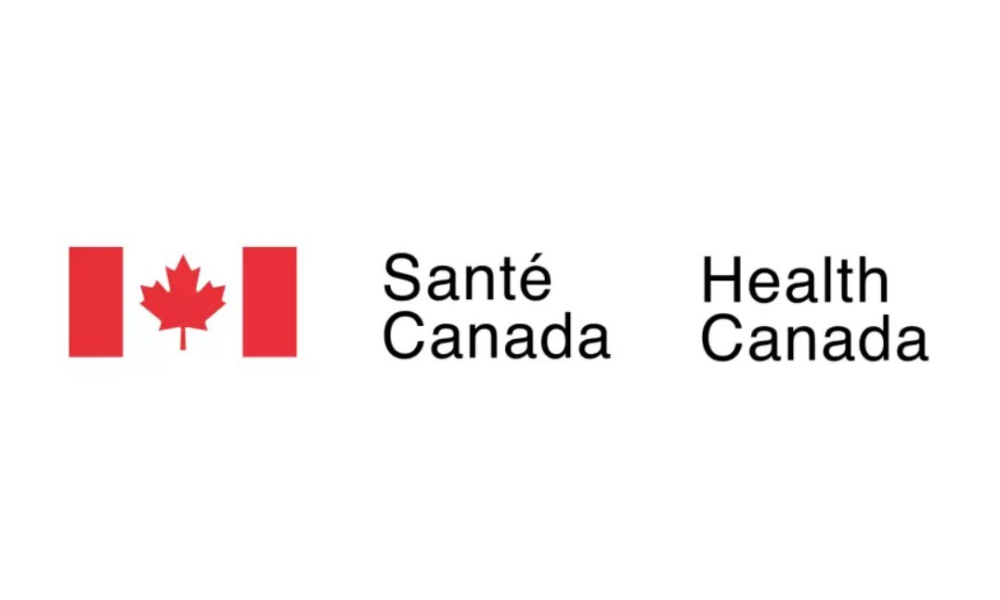ETS is finally announced but applies only to healthcare workers, sparking backlash

President Joe Biden’s administration had faced growing pressure over the release of new workplace safety rules regarding the COVID-19 pandemic. But having finally announced them – months later than planned – they immediately came under fierce criticism.
The U.S. Department of Labor's Occupational Safety and Health Administration (OSHA) did issue an emergency temporary standard (ETS) but it applies only to healthcare workers and protecting them from the virus, making no mention of the likes of grocery store employees or manufacturing workers.
A study done by researchers earlier this year revealed that line cooks, warehouse employees agriculture workers, bakers, and construction workers have the highest rates of mortality from COVID-19. In ignoring these groups, the Labor Department has "missed a crucial opportunity" to protect workers that Biden had previously criticized former President Donald Trump for not safeguarding, according to the National Council of Occupational Safety and Health.
"This is a new insult on top of the injuries, illnesses, and deaths suffered by frontline workers and their families," said Jessica Martinez, the group's co-director. "Vaccines have not reached all workers, and COVID-19 is not over."
Oxfam America also wasted little time in denouncing the "long-overdue" ETS and called it a "shameful failure of leadership by an administration that was elected on a platform of standing for the needs of all working people".
Gina Cummings, vice president of alliances, advocacy and policy for the group, said: “We've learned over decades that employers, especially in low-wage industries, rarely choose to prioritize their workers' safety; we need government to mandate actions that safeguard lives and well-being.
“To rely only on unenforceable guidance is almost certainly to condemn workers to face exposure to this potentially deadly virus."
In announcing the new measures, Marty Walsh, secretary of labor, had reiterated his belief that the White House must “follow the science” and said the ETS for healthcare workers will “provide increased protections for those whose health is at heightened risk from coronavirus while they provide us with critical healthcare services”.
The ETS is aimed at protecting workers facing the highest coronavirus hazards — those working in health care settings where suspected or confirmed coronavirus patients are treated. This includes employees in hospitals, nursing homes, and assisted living facilities; emergency responders; home health care workers; and employees in ambulatory care settings where suspected or confirmed coronavirus patients are treated.
Employers must conduct a hazard assessment and have a written plan to mitigate the spread of the virus. They must also provide some employees with N95 respirators or other personal protective equipment and ensure six feet of distance between workers. In cases where physical distancing is not possible, employers should erect barriers between employees where feasible.
The standard also requires covered employees to provide workers with paid time off to get vaccinated and to recover from any side effects. Covered employees who have coronavirus or who may be contagious must work remotely or otherwise be separated from other workers if possible, or be given paid time off up to $1,400 per week. For most businesses with fewer than 500 employees, tax credits in the American Rescue Plan may be reimbursed through these provisions.
Meanwhile, the ETS exempts fully vaccinated workers from masking, distancing and barrier requirements when in well-defined areas where there is no reasonable expectation that any person will be present with suspected or confirmed coronavirus.
But the Biden administration has taken too long to implement these emergency regulations, according to Richard Trumka, president of The American Federation of Labor and Congress of Industrial Organizations (AFL-CIO), who is an ally of Biden’s.
Earlier this month he said: “It is a shame because every day it is not there, workers get exposed, workers get hurt, workers get sick.”
“OSHA's new mandatory COVID protection applies only to healthcare,” said Kirsten Bibbins-Domingo, a scientist and physician in San Francisco, in a tweet, taking issue with OSHA’s view that health care workers are at the highest risk of getting infected with the virus.
“Actually, science tells us [the] highest risk is in food/agriculture, manufacturing, facilities, transportation/logistics,” she added.





